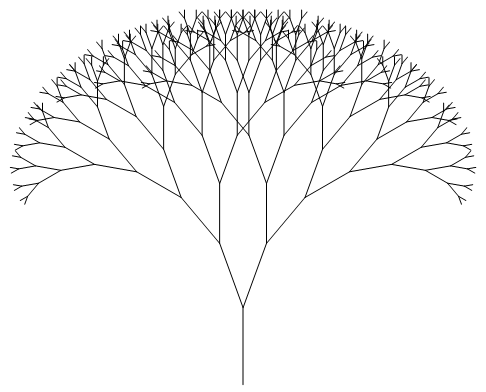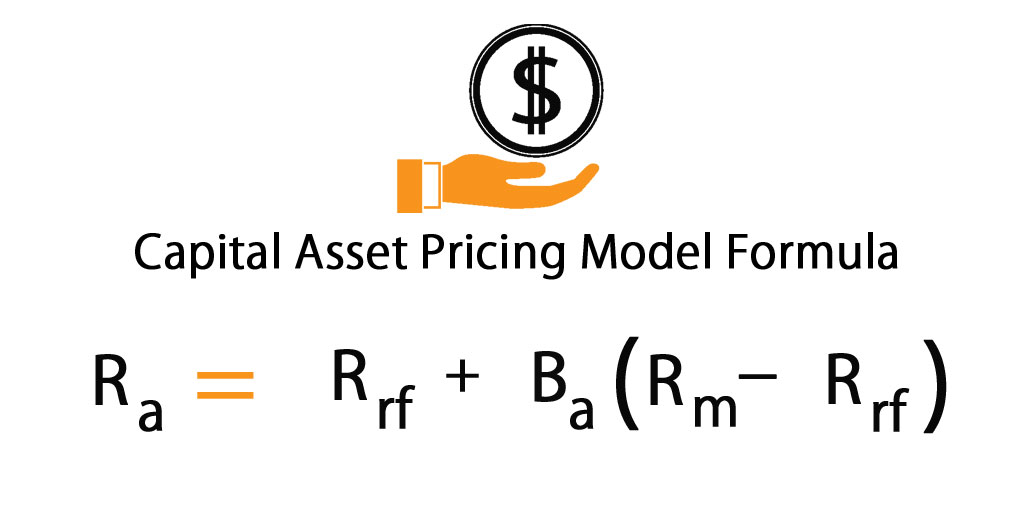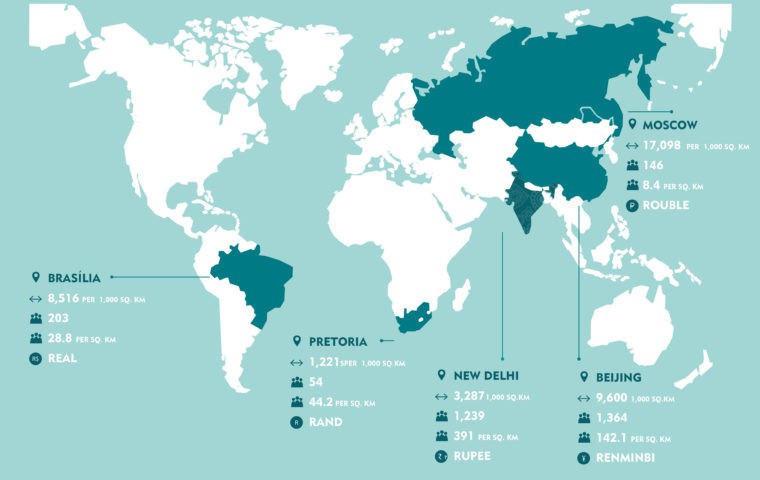
One way to summarize the data is to give the lowest number, the highest number and the middle number. In addition to these three numbers it is also useful to give the median of the lower half of the data and the median of the upper half of the data. These five numbers give a very concise summary of the data. Understanding how to interpret percentiles properly is important not only when describing data, but also when calculating probabilities in later chapters of this text. You can calculate percentiles using calculators and computers.
IQR only includes the middle 50% of the data, so, unlike the range, the IQR isn’t affected by extreme values. When a data set has an even number of data values, the median is equal to the average of the two middle values when the data are arranged in ascending order (least to greatest). When a data set has an odd number of data values, the median is equal to the middle value when the data are arranged in ascending order. Quartiles are values that split lists of datasets into quarters, resulting in lower, middle, and upper quartiles. The purpose of quartiles is to give shape to a distribution, primarily indicating whether or not a distribution is skewed, which is used in determining the consistency in a fund’s performance.
Anything below the Lower fence or above the Upper fence can be considered such a case. The fences provide a guideline by which to define an outlier, which may be defined in other ways. The fences define a “range” outside which an outlier exists; a way to picture this is a boundary of a fence, outside which are “outsiders” as opposed to outliers. It is common for the lower and upper fences along with the outliers to be represented by a boxplot.
- In the limit of an infinite sample size, the percentile approximates the percentile function, the inverse of the cumulative distribution function.
- To find the quartiles of a probability distribution, you can use the distribution’s quantile function.
- You can also copy and paste lines of data from spreadsheets or text documents.
- The fences provide a guideline by which to define an outlier, which may be defined in other ways.
- The lower quartile is the middle value of the lower half.
- The fences define a “range” outside which an outlier exists; a way to picture this is a boundary of a fence, outside which are “outsiders” as opposed to outliers.
In the example above, you just saw the calculation of the median, first quartile, and third quartile. These three values are part of the five number summary. The other two values are the minimum value (or min) and the maximum value (or max). The five number summary is used to create a box plot. Since there are 14 observations (an even number of data values), the median is between the seventh value, 6.8, and the eighth value, 7.2. To find the median, add the two values together and divide by two.
How to select quartile values
For large datasets, Microsoft Excel has a QUARTILE function to calculate quartiles. A five-number summary is a useful summary of a data set that is partially based on selected percentiles. Below are the five numbers that are found in a five-number summary. Computing approximate quantiles from data arriving from a stream can be done efficiently using compressed data structures. The most popular methods are t-digest[17] and KLL.[18] These methods read a stream of values in a continuous fashion and can, at any time, be queried about the approximate value of a specified quantile. Mathematica,[5] Matlab,[6] R[7] and GNU Octave[8] programming languages support all nine sample quantile methods.
The lower quartile is the middle value of the lower half. The upper quartile is the middle value of the upper half. It is the median of any data set and it divides an ordered data set into upper and lower halves. To find the quartiles of a dataset or sample, follow the step-by-step guide below. A percentile is a value with a certain percentage of the data falling below it.

Now, you can map out the four groups formed from the quartiles. The median is a robust estimator of location but says nothing about how the data on either side of its value is spread or dispersed. The quartile measures the spread of values above and below the mean by dividing the distribution into four groups. With this example, the median for those who had Wording 1 is larger than the median found with Wording 2.
Computer software for quartiles
This suggests that data set is skewed and specifically skewed to the right. In this instance the largest observation is represented with an asterisk. Since this observation is an unusually large salary of $110,000, the graph identifies this observation as an outlier or unusual observation. Appropriate statistical criterion is used to determine whether or not an observation is an outlier.
One instance in which colleges and universities use percentiles is when SAT results are used to determine a minimum testing score that will be used as an acceptance factor. For example, suppose Duke accepts SAT scores at or above the 75th percentile. To understand the quartile, it is important to understand the median as a measure of central tendency. The median in statistics is the middle value of a set of numbers. It is the point at which exactly half of the data lies below and above the central value.

Outliers here are defined as observations that fall below Q1 − 1.5 IQR or above Q3 + 1.5 IQR. In a boxplot, the highest and lowest occurring value within this limit are indicated by whiskers of the box (frequently with an additional bar at the end of the whisker) and any outliers as individual points. The interquartile range is the middle 50% of measurements in a data set—in other words, the range of data between the upper quartile and the lower quartile. This is more statistically meaningful than using the full range of data because it omits possible outliers.
What Is Lower Quartile and Upper Quartile Formula?
The upper quartile is the point where about 75% of observations are below that point and 25% of observations are higher than that point. In other words, it is the middle value between the median of the data set and the maximum value. The third quartile is the median of the upper half of the scores and does not include the median. The upper half also has seven data values; so the median of the upper half will equal the middle value of the upper half, or 60. If the actual values of the first or third quartiles differ substantially[clarification needed] from the calculated values, P is not normally distributed. However, a normal distribution can be trivially perturbed to maintain its Q1 and Q2 std.

The upper/third quartile is at 75% of the data, or the middle between the upper half of data. The median is the corresponding measure of central tendency. When given a long list of numbers, it is useful to summarize the data.
Boxplots
To score in the 90th percentile of an exam does not mean, necessarily, that you received 90 percent on a test. It means that 90 percent of test scores are the same as or less than your score and that 10 percent of the test scores are the same as or greater than your test score. There are many formulas or algorithms[7] for a percentile score. Percentiles are a type of quantiles, obtained adopting a subdivision into 100 groups.
Scores at 0.67 and −0.67 and not be normally distributed (so the above test would produce a false positive). A better test of normality, such as Q–Q plot would be indicated here. The quartile formula is used to divide a set of observations into 4 equal parts. The first quartile lies in the middle of the first term and the median. The middle value lying between the median and the last term is the third quartile.
Estimating quantiles from a sample
The interquartile range is calculated as Upper Quartile – Lower Quartile. Alternatively, if there is an even number of data points, the median would be the average of the middle two numbers. In the example above, if you had 20 students instead of 19, the median of their scores will be the arithmetic average of the 10th and 11th numbers.
- For a boxplot, only the vertical heights correspond to the visualized data set while horizontal width of the box is irrelevant.
- The third quartile Q3 is the median of the upper half not including the value of Q2.
- If a distribution is symmetric, then the median is the mean (so long as the latter exists).
- They include the two 4s, the five 5s, and the seven 6s.
See how to find the lower quartile using the lower quartile formula and understand what the lower quartile means. You can use Cuemath’s online quartile calculator to verify your answer. In order to find the 3rd quartile, we have to find the median of the data points that are greater than the median that is 9, 9, 10. In order to find the 3rd quartile, we have to deal with the data points that are greater than the median that is 9, 9, 10. 18, 21, 22, 25, 26, 27, 29, 30, 31, 33, 36, 37, 41, 42, 47, 52, 55, 57, 58, 62, 64, 67, 69, 71, 72, 73, 74, 76, 77
Calculate the 20th percentile and the 55th percentile. Forty bus drivers were asked how many hours they spend each day running their routes (rounded to the nearest hour).
Look again at the Cumulative Relative Frequency column and find .52. The median is the 50th percentile median is also known as second quartile or the second quartile. They include the two 4s, the five 5s, the seven 6s, and 11 of the 7s.
A quartile is a statistical term that describes a division of observations into four defined intervals based on the values of the data and how they compare to the entire set of observations. The figure shows a 10-score distribution, illustrates the percentile scores that result from these different algorithms, and serves as an introduction to the examples given subsequently. The simplest are nearest-rank methods that return a score from the distribution, although compared to interpolation methods, results can be a bit crude.
Mean platelet volume and benign prostatic hyperplasia JIR – Dove Medical Press
Mean platelet volume and benign prostatic hyperplasia JIR.
Posted: Fri, 04 Aug 2023 12:36:19 GMT [source]
Mathematica, SciPy and Julia support arbitrary parameters for methods which allow for other, non-standard, methods. So the first, second and third 4-quantiles (the “quartiles”) of the dataset [3, 6, 7, 8, 8, 9, 10, 13, 15, 16, 20] are [7, 9, 15]. If also required, the zeroth quartile is 3 and the fourth quartile is 20. So the first, second and third 4-quantiles (the “quartiles”) of the dataset [3, 6, 7, 8, 8, 10, 13, 15, 16, 20] are [7, 9, 15]. The median divides the data into a lower half and an upper half.
